Introduction to Cloud Computing
- Introduction to Cloud Computing
- Benefits of Cloud Computing
- Cloud Service Models
- Cloud Deployment Models
- Scaling & Types
- Cloud Computing Issues
- Security
- Costing Model
- SLA, Legal and compliance
- Cloud Interoperability Issue
- Migration
Virtualization Concepts
- Virtualization and cloud computing
- Types of virtualization
- Virtualization terminologies
- Hypervisor, types & features
Amazon Web Services (AWS)
- Introduction to AWS Cloud Computing
- Benefits of choosing AWS
- Other cloud platforms comparison
- Global infrastructure, Regions & Availability Zones
- Signing up for AWS
- AWS Free usage tier& support plans
- Management Console walkthrough
EC2 Instances
- Introduction to creating scalable instances using AWS EC2
- Instances & Types
- Pricing models
- Instance purchasing options
- Amazon Machine Images (AMI)
- Instance store & EBS Volumes
- Managing Volumes, adding additional volumes, modifying the root volume
- Troubleshooting issues with volumes, snapshots and AMIs
- Launching your first AWS Windows Server & Linux Instances
- Setting up security
- Firewall & Security Groups
- Choosing & Creating custom AMIs
- Snapshots & Recovery, snapshot scheduling
- Managing updates
- Usage reports & limits
- Creating a new AMI
- Deploying a new instance from the custom AMI
- Elastic IP, BYOIP
- Hibernating instances
- Key Pairs
- Load balancing, Application & network load balancing
- Creating an ALB web server
- Auto Scaling
- Troubleshooting Issues
AWS Command Line Interface (CLI)
- Introduction to AWS CLI
- Installation
- Connecting to your AWS account via CLI
- Other functionalities with CLI
Light Sail
- Difference between EC2 & Lightsail
- Advantages & Functionalities
- Available options on instances and AMIs
- Creating a instance & connecting to it
- Snapshots
- DNS records
- Elastic IPs
- Troubleshooting
Elastic Beanstalk
- Fundamentals
- Comparison with EC2, Lightsail & Elastic Beanstalk
- Hosting a sample application in EB
- Common issues & troubleshooting
Overview of Other Compute Services
- ECS (Elastic Container Service)
- EKS (Amazon Elastic Container Service for Kubernetes)
- Lambda
Storage
- Introduction to storage
- AWS Storage Tiers
- Use cases
Simple Storage Service (AWS S3)
- Buckets & Objects
- Encryption, Logging
- S3 durability and redundancy
- S3 Uploading Downloading
- S3 Permissions
- Hosting a static website in AWS S3
- Access Control Lists & Bucket Policies
- S3 Object Versioning
- S3 Lifecycle Policies
- Cross Region Replication
- EC2-S3 Integration
- Reduced Redundancy Storage, S3-IA
- S3 storage class analysis
S3 Glacier storage
- Introduction
- Putting & retrieving objects
- S3 Glacier Deep Archive
Instance Store & Elastic Block Storage (EBS) Volumes
- Difference & features
- Use cases & capacity limits
- Creating & Managing EBS volumes
- Delete EBS Volumes
- Attach, detach & extend EBS volumes
- Mounting and unmounting EBS volume
- Termination protection
- Troubleshooting & recovery
Elastic File System (EFS)
- Concepts of Network File System (NFS)
- Creating an EFS storage
- Difference between EFS and other storage options
- Mounting EFS
- Troubleshooting issues regarding permissions
Overview of Other Storage Services
- AWS FSx
- AWS Storage Gateway
AWS Database Services
Relational Database Service (RDS)
- Selecting the Database type
- Configuring & creating the database
- DB Security groups
- Snapshots
- Recovering a db instance from snapshot
- Configuring backups
- Connecting to the database
Dynamo DB
- Creating a dynamo db
- Advantages of using DynamoDB
- Configuring alarms
- Connecting to Dynamo DB
Other DB Services Overview
- Elasticache
- Neptune
- Redshift
Migration & Transfer
- AWS Server Migration Service
- AWS Database Migration Service
- Best Practices&Challenges
Identity access management (IAM)
- IAM introduction
- Importance of IAM
- Creating & managing Users and Groups
- Access Key & Secret Key
- Creating custom policies
- Applying policies
- Password Policy
- Sample Policies
- Roles
Other Security, Identity & Compliance Services
- AWS Resource Access Manager (RAM)
- AWS Secrets Manager
- AWS Guard Duty
- AWS Inspector
- AWS Certificate Manager
- AWS Directory Service
- Web Application Firewall (WAF) & Shield
AWS Organizations
- Importance of creating and managing multiple accounts in a corporate scenario
- Creating an organization
- Adding OUs
- Billing & management
Cloud Formation
- Introduction to Infrastructure as a Code
- CF stacks & templates
- Creating an S3 buckets etc.
- Saving, managing & importing templates
- Updating & Versioning
Cloud Watch
- Cloud watch dashboard
- Configuring Monitoring services
- Setting thresholds
- Configuring actions
- Creating a cloud watch alarm
- Getting statistics for ec2 instances
- Monitoring other AWS services
- Configuring Notifications
- Integrating cloud watch with Auto scaling
Autoscaling & Load Balancing
- Introduction to Load Balancing
- Types& scenarios
- Launch configuration
- Configuring a Load balanced web server
- Introduction to Autoscaling
- Configuring auto scaling with EC2
- Rules & Alarms
- Troubleshooting
CloudTrail
- Introduction to Logging
- Creating a trail
- Event History
Other Management & Governance Services
- AWS Systems Manager
- AWS Trusted Advisor
- AWS License Manager
- AWS Personal Health Dashboard
Cloud Front
- Use of cloud front
- Creating a cloud front distribution
- Hosting a website of cloud front distribution
- Invalidations
- Configuring origins and behaviors
AWS Route53
- DNS Concepts and Working
- Domain registration
- Configuring record set
- Configuring DNS with web servers & CDN
- Routing Tables
- Troubleshooting
AWS Virtual Private Cloud (VPC)
- What is VPC?
- VPC configuration
- Public & Private subnets
- Internet gateway & NAT gateway
- VPC security
- Elastic IP’s
- Inbound and outbound ACL’s
- Designing a VPC
- Gateways
- Routing Tables
- VPC Peering
- Best Practices
Application Integration Services
Simple Notification Service (SNS)
- What is SNS
- Creating a topic
- Create subscription
SQS
SWF
End User Computing
- WorkDocs
- WorkMail
- Workspaces
Other application services including kinesis, Cognito etc.
Billing & Cost Management
Designing highly available, cost-efficient, fault-tolerant, scalable Infrastructure
Best Security practices & DR
 Read Reviews
Read Reviews





 5th Sep: Weekend
5th Sep: Weekend 





 The training was awesome. Helped me clear my concepts and also reduced my preparation time to 1/3rd. Thank you, trainer, for all your dedication to bring your gladiators to pace.
The training was awesome. Helped me clear my concepts and also reduced my preparation time to 1/3rd. Thank you, trainer, for all your dedication to bring your gladiators to pace.






 Certified & Experienced Instructors
Certified & Experienced Instructors Post Training Support
Post Training Support Customized Training
Customized Training Flexible Schedule
Flexible Schedule Access to Recorded Sessions
Access to Recorded Sessions 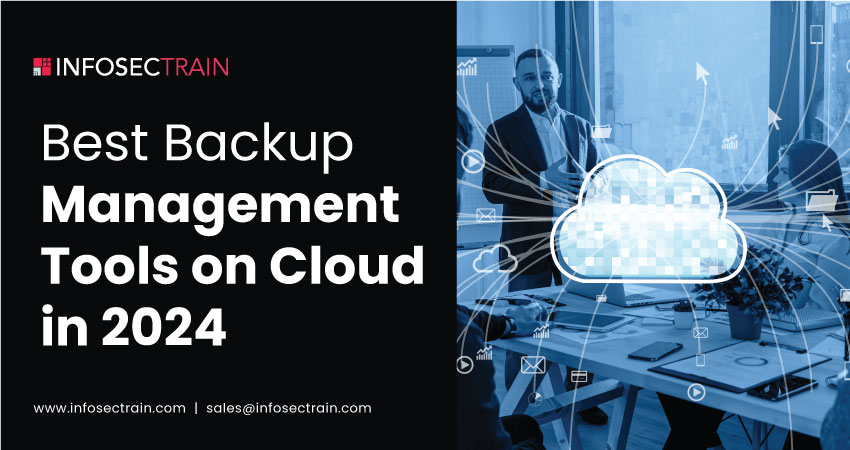
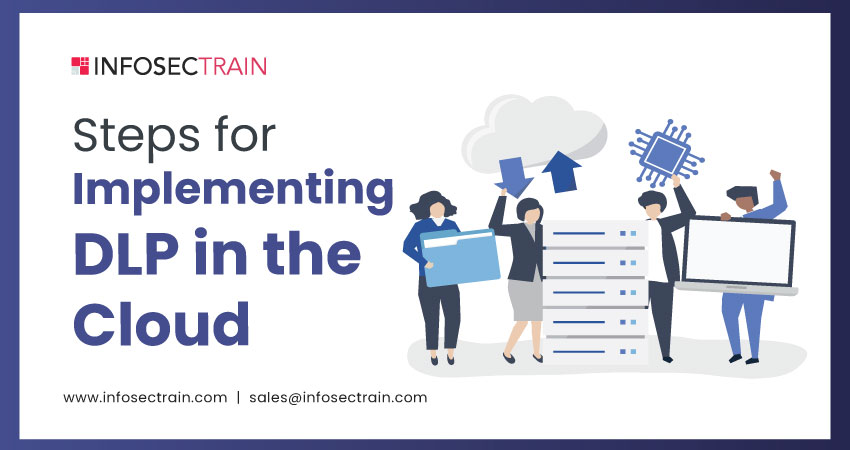
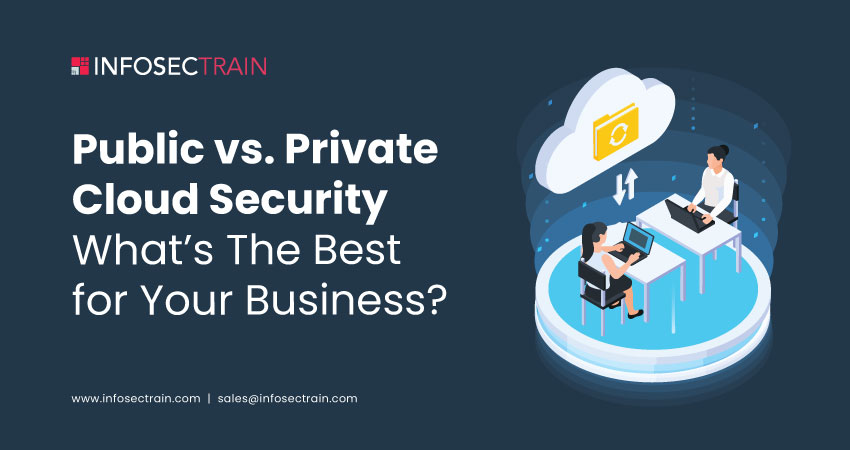
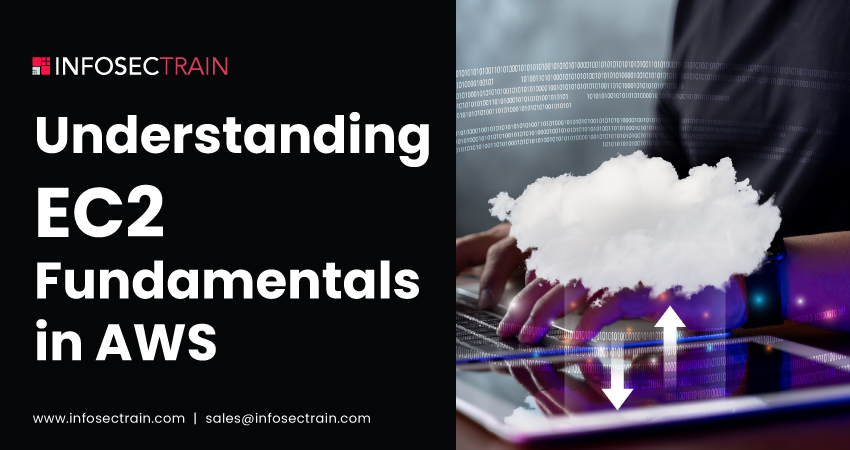
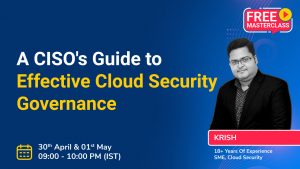
 1800-843-7890 (India)
1800-843-7890 (India) 
